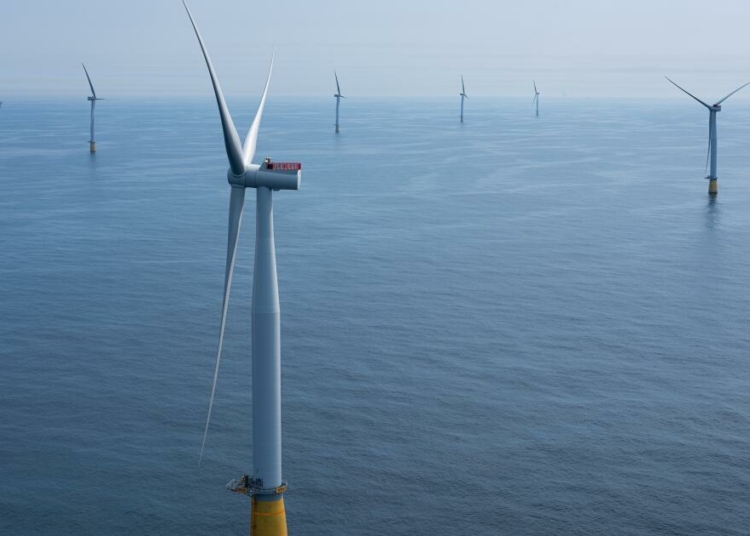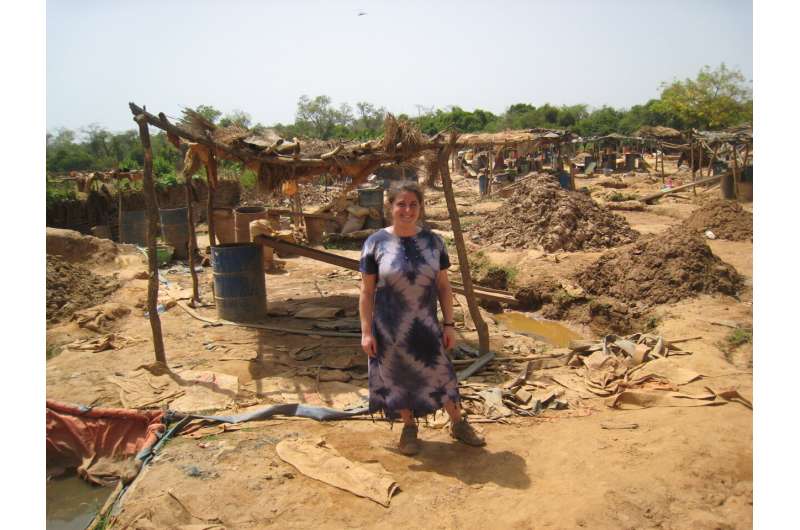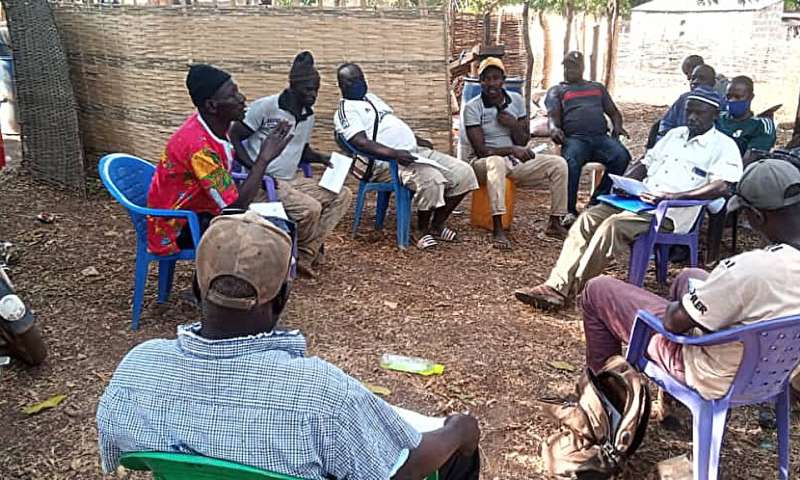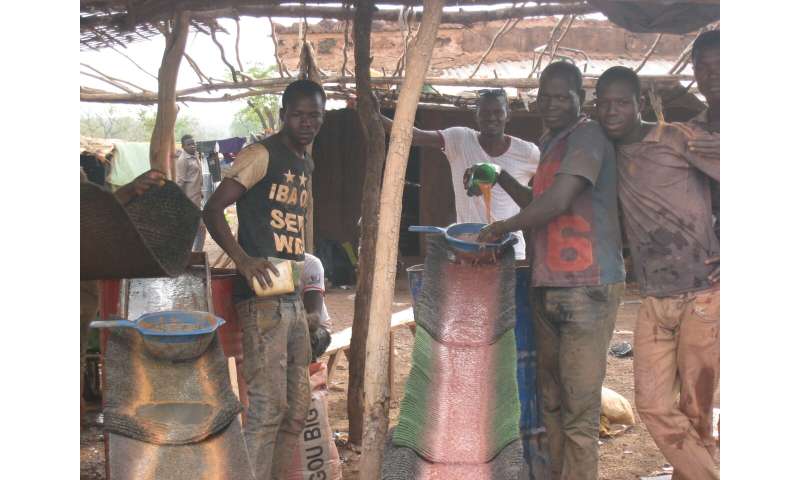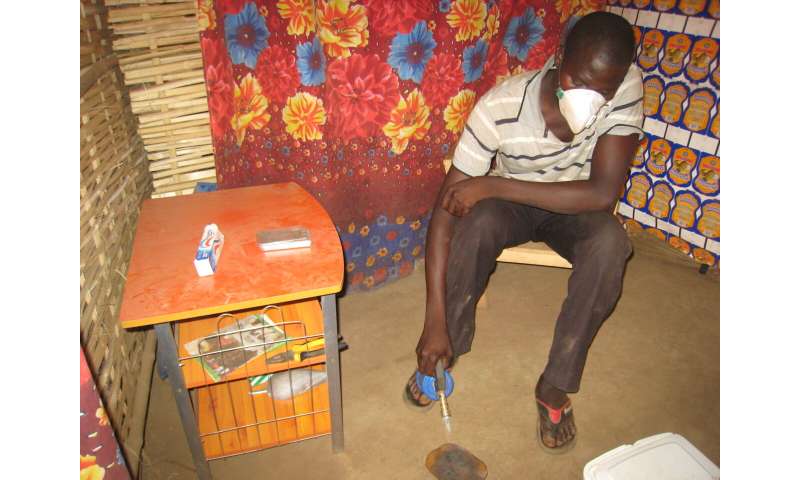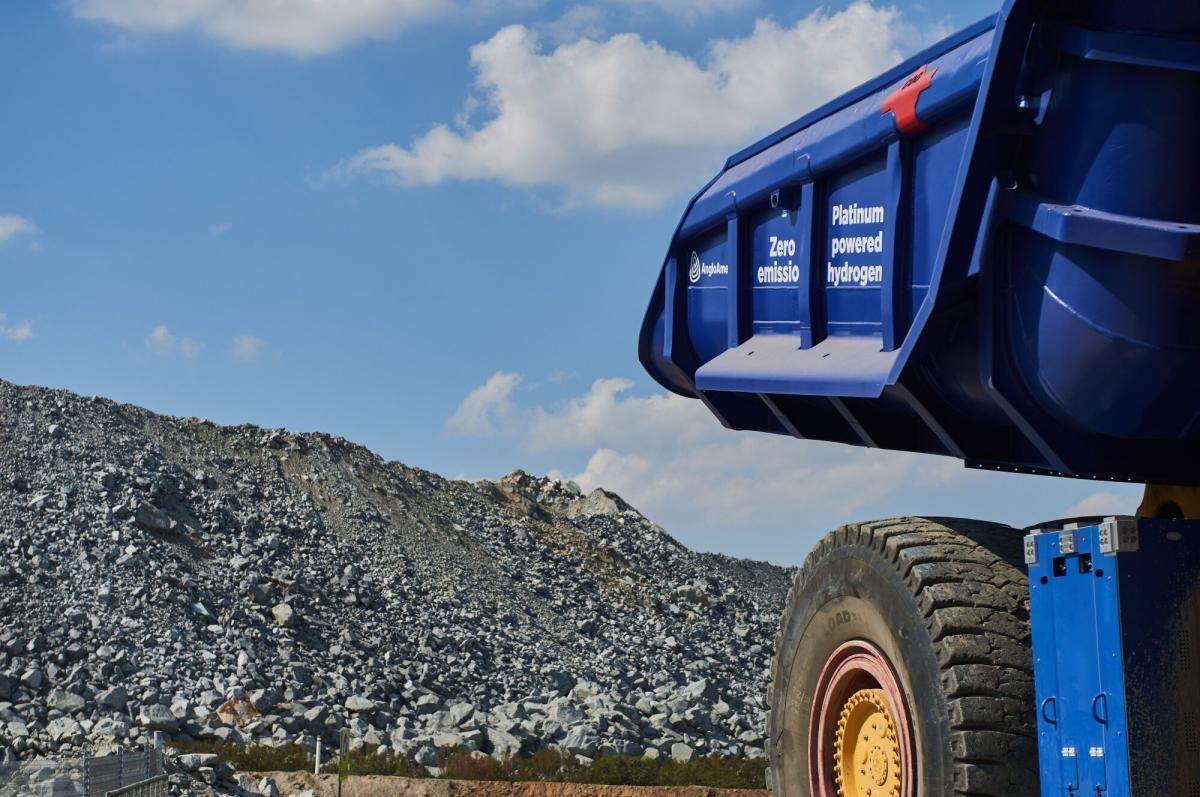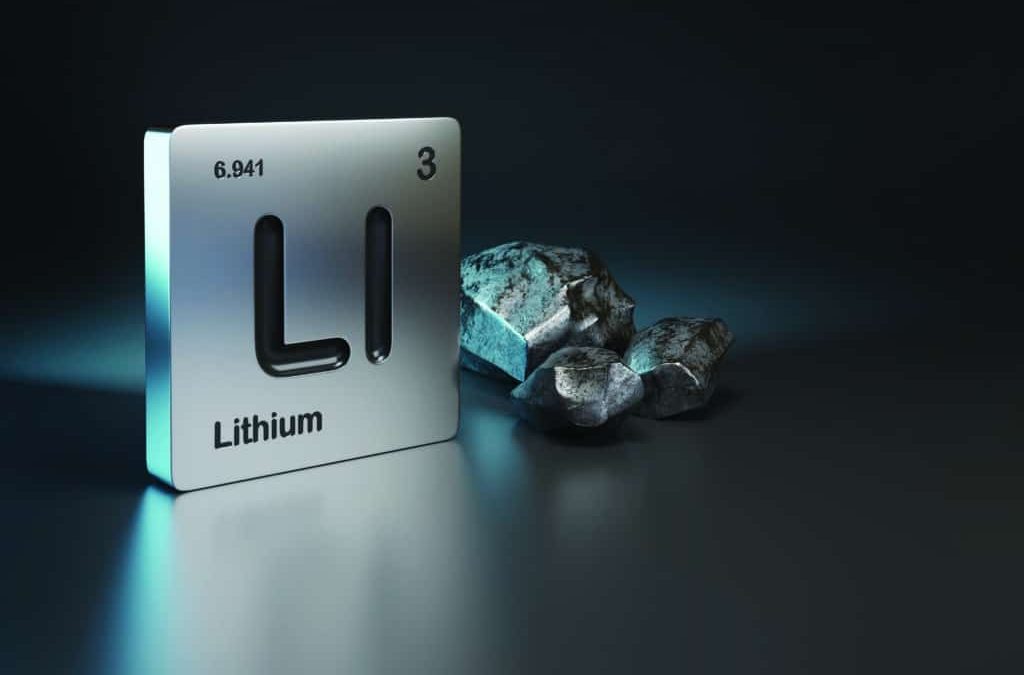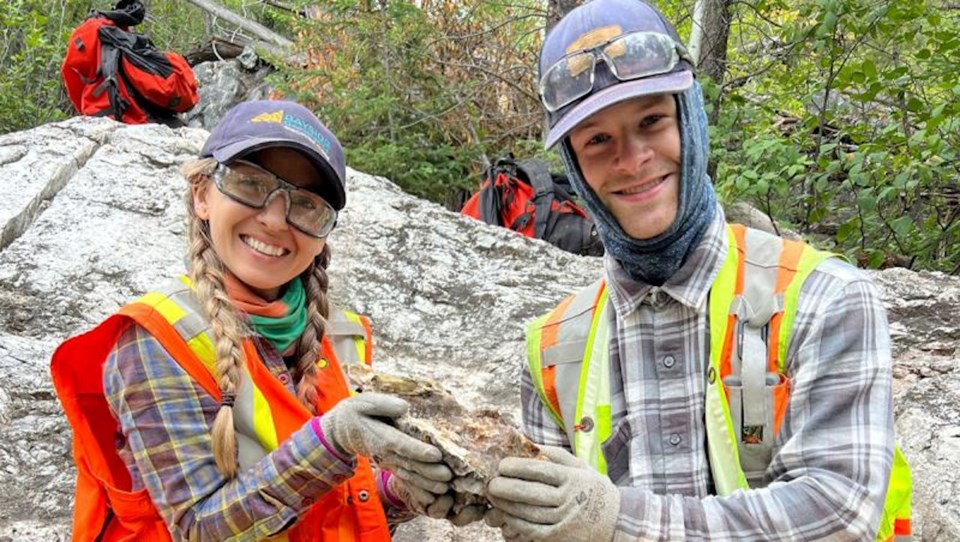By Bloomberg
06/12/2023
© Supplied by BP

Canada is dismantling regulatory hurdles for offshore wind projects along its Atlantic coast, aiming to transform one of the world’s longest and gustiest shorelines into a renewable energy leader despite the industry’s current slump.
Prime Minister Justin Trudeau’s government agreed Wednesday to hand over control of land tenure and regulation for projects within Newfoundland and Labrador’s inland bays to the provincial government.
The move will create stability for investors and streamline permitting processes that can be plagued by “way too much duplication” between levels of government, Canadian Labor Minister Seamus O’Regan said in an interview.
O’Regan, who represents a Newfoundland district in Parliament and is a former natural resources minister, said the current moment – and potential for wind energy to deliver generational benefits to Atlantic Canadians — is akin to the first major discovery of oil off the province’s coast several decades ago.
“We’ve got lots of wind and we’ve got a workforce that really knows how to work in the energy industry,” he said. “We’ve got huge assets.”
Yet Canada lacks a single offshore turbine. The nation is not only starting from behind, but also as the offshore wind industry grapples with rising costs, supply chain kinks and higher interest rates. The neighboring US has seen multiple offshore wind project derailed, endangering President Joe Biden’s ambitious target of having 30 gigawatts of offshore wind capacity by 2030.
O’Regan is unfazed. “It’s a medium-long term play,” he said, comparing the slump in wind energy to fluctuations in oil prices that Canadians are used to. “There’ll be hiccups because of commodities.”
Allowing Newfoundland to take the lead on regulating projects is possible because of the Atlantic Accord, an agreement signed in 1985 between Canada and the province on managing offshore oil.
The federal government introduced amendments to the accord in May to allow the province’s offshore oil regulator to also oversee wind energy.
Furey signs agreement to put development of offshore wind energy in N.L. hands
Change relies on Bill C-49 passing in Parliament
Newfoundland and Labrador is positioning itself as the primary benefactor and regulator when it comes to offshore wind developments in the province — but the deal hinges on federal legislation passing in Ottawa.
The memorandum of understanding with the federal government identifies 16 bays as exclusive provincial jurisdiction, allowing the province to develop wind farms as though they were on land.
"This crucial federal-provincial agreement puts us in the driver's seat and will allow us to reap the majority benefit from the endless possibilities of the new green economy," Premier Andrew Furey said Wednesday.
The deal will ensure N.L. is the one to regulate its renewable energy developments within the province's waters while clearly signalling to investors that the bays will be under N.L. control, he said. It will also guarantee the province will benefit from its resources.
"These changes will ensure a fiscal framework that provides the maximum economic returns to Newfoundland and Labrador," said Furey.
Provide certainty
Offshore wind development is tied up with the passing of Bill C-49, which would enable offshore boards to regulate renewable energy as if it were oil.
Federal Energy and Natural Resources Minister Jonathan Wilkinson said the bill is being filibustered, getting in a dig in at federal Opposition leader Pierre Poilievre.
"To be honest, I just do not understand Mr. Poilievre and why his Atlantic MPs would decide to oppose and to stall a bill that is supported by Premier Furey and [Nova Scotia] Premier [Tim] Houston and is intended to enable the development of … a huge economic opportunity for Atlantic Canada," he said.
When asked if the memorandum of understanding will still take effect if Bill C-49 doesn't pass, Wilkinson didn't provide a clear answer. Furey also didn't directly answer but reiterated that the memorandum will provide certainty for the province and investors.
CBC News asked provincial Industry, Energy and Technology Department spokesperson Tansy Mundon the same question but she referred all questions to Natural Resources Canada.
Federal Energy and Natural Resources spokesperson Carolyn Svonkin told CBC News Thursday that the MOU gives certainty for investors and stakeholders on how the wind energy off Newfoundland's coast will be regulated.
"These co-ordinates will then be set out in regulations under the Accord Acts, once Bill C-49 is enacted. This is how the offshore area is defined in the Canada-Nova Scotia Atlantic Accord Implementation Act," she said in an emailed statement.
As a result, Bill C-49 has to pass before the MOU can come into full effect, she added.
Message to world market
Wilkinson said there are economic opportunities in the move to low-carbon emissions and Canada is well positioned to enter the market with a skilled workforce, technology and resources.
"With world-class wind resources and considerable geographic advantages, Newfoundland and Labrador has the potential to build a thriving offshore wind sector that will be well positioned to support both the growing demand for clean electricity and a globally competitive hydrogen export industry," said Wilkinson.
He said Canada and N.L. are sending the global markets a clear signal that the country wants to be a trusted supplier of clean energy.
Furey signed an memorandum of understanding with the federal government, identifying 16 bays for offshore wind development under the province's control.
There is a choice when it comes to navigating the future and Canada might be left behind if it fails to act, he warned.
"We can choose to lead by recognizing where the world is heading and aggressively pursuing those opportunities that will be enabled through a transition to a low carbon future," he said.
The other option is to ignore the green economy shift and fall behind.
Furey also said the provincial government is currently assessing four proposals for onshore wind hydrogen projects that will have an estimated 35 to 40 years of work, an estimated $206.2 billion in gross domestic product and bring in an additional $11.7 billion in revenue, $60 billion in total capital spent, and 12,000 jobs.
"And that is just on land. Now we look to the ocean."
Furey on fishing concerns
Furey said Wednesday's announcement was about ensuring the province will be in control of its offshore wind developments but added there are many more conversations to be had.
"Today is … recognition that these will be exclusively ours. I never said that we would develop all of them. I never said how the consultation process will go with fishermen or indigenous partners alike," he said.
There will be efforts to protect the fishery and a consultation process with Indigenous partners, he said.
Prior to the MOU, said Furey, the government couldn't move forward with offshore wind development because it was unclear who would govern it.
"Now we have clarity on the inshore piece and the offshore piece and we will work together, of course, with the [Fish, Food & Allied Workers], with fish harvesters and processors alike," said Furey.
Furey also announced the Canada-Newfoundland and Labrador Offshore Petroleum Board's name will change to the Canada Newfoundland and Labrador Offshore Energy Regulator, while also expanding its mandate to become the lead regulatory body for offshore energy outside provincial jurisdiction.
These offshore developments will be jointly managed by the province and federal government.
Governments of Canada and Newfoundland and Labrador Sign Memorandum of Understanding to Advance Offshore Wind Power and Good Jobs
NEWS PROVIDED BY Natural Resources Canada
OTTAWA, ON, Dec. 6, 2023 /CNW/ - Energy systems across the world are rapidly transforming, and offshore wind development will create sustainable jobs and help power Canada's economy. With the longest coastlines in the world, Canada is well positioned to become a global leader in the $1-trillion global offshore wind energy market, particularly in Atlantic Canada.
Today, the Honourable Jonathan Wilkinson, Minister of Energy and Natural Resources, and the Honourable Dr. Andrew Furey, Premier of Newfoundland and Labrador, signed a Memorandum of Understanding (MOU) on offshore wind to enable Newfoundland and Labrador to take the regulatory lead on offshore wind projects within its inland bays to enable the development of offshore wind projects in Newfoundland that will power Newfoundland's economy forward. They were joined by the Honourable Gudie Hutchings, Minister responsible for the Atlantic Canada Opportunities Agency and Rural Economic Development, and the Honourable Seamus O'Regan, Minister responsible for Labour and Seniors.
The MOU establishes a clear process for Newfoundland and Labrador to administer land tenure and life-cycle regulation. Recognizing that the Government of Newfoundland and Labrador has ambitious growth plans and wants to move ahead quickly, this agreement will allow the province to dictate the speed and pace of development in the bays. With the predictable and efficient approach presented by the MOU, our governments are sending a direct signal to investors, workers and communities that Canada and Newfoundland and Labrador are collaborating to unlock offshore renewable energy development within provincial bays while affirming our shared commitment to joint management under the Atlantic Accord Acts as part of a thriving and sustainable offshore energy sector in the province.
The MOU outlines the framework for Newfoundland and Labrador to administer land tenure and life-cycle regulation, including revenues for offshore renewable energy projects within provincial bays. The MOU announced today is made possible by Bill C-49, which establishes the legislative framework for offshore wind in the joint-management areas. Land tenure and life-cycle regulation of existing offshore energy activity, as well as offshore renewable energy projects located beyond the bays, will be regulated by the Offshore Energy Regulator, according to the authorities set out under the Atlantic Accord Acts and as amended by Bill C-49. This approach builds on our long-standing commitment to collaboration with our joint management partners, including through Bill C-49 and the Regional Assessments for Offshore Wind Development in Newfoundland and Labrador and Nova Scotia.
Together, Canada and Newfoundland and Labrador are taking another important step forward to ensure a thriving offshore energy sector in Newfoundland and Labrador, while contributing to our shared goal of creating sustainable jobs, developing a net-zero electricity system by 2035 and developing a net-zero economy in 2050.
Quotes
"Newfoundland and Labrador is rich in renewable energy resources that make us well positioned to meet our net-zero targets, mitigate the impacts of climate change and grow clean energy jobs and economic development. Our government will continue to ensure Newfoundlanders and Labradorians are the principal beneficiaries of our valuable resources. This MOU recognizes waters within provincial bays and will expedite the development of renewable energy in our province."
The Honourable Andrew Furey
Premier of Newfoundland and Labrador
"Newfoundland and Labrador have incredible offshore wind potential, and Canada and Newfoundland and Labrador are seizing this economic opportunity. Today's agreement with the province furthers our ability to attract investments and create good-paying jobs in Newfoundland's offshore by establishing a framework to enable the province to move ahead with its ambitious renewable energy development plans. Combined with significant federal investments in renewable energy and our work to strengthen the Accord Acts, we are furthering Canada's commitment to build a strong and attractive renewable energy sector in Newfoundland and Labrador for decades to come."
The Honourable Jonathan Wilkinson
Minister of Energy and Natural Resources
"This MOU allows the province to continue to move forward with the development of renewable energy while providing clarity and certainty around the land that is jointly managed and that is within provincial bays."
The Honourable Andrew Parsons
Minister of Industry, Energy and Technology
Government of Newfoundland and Labrador
"The world has taken notice of Newfoundland and Labrador's incredible natural resources and our dedicated workforce. This agreement positions our province as a supplier of choice for the net-zero future and secures good jobs for workers across our province."
The Honourable Gudie Hutchings
Minister of Rural Economic Development
Minister responsible for the Atlantic Canada Opportunities Agency
"Newfoundlanders and Labradorians are the principal beneficiary of our resources in the Offshore oil and gas industry. We want to do the same for Offshore wind. This MOU and amendments to the Atlantic Accords will help our Province lead the world in offshore renewable energy."
The Honourable Seamus O'Regan,
Minister of Labour and Seniors
"This MOU between the governments of Canada and Newfoundland and Labrador marks an important step toward catalyzing an offshore wind industry in the province. With a Regional Assessment of offshore wind underway, green hydrogen facilities under development and now this MOU, Newfoundland is laying a strong foundation for a locally driven offshore wind sector. Marine Renewables Canada looks forward to working with both governments and its members throughout the offshore wind supply chain to advance this promising industry."
Elisa Obermann
Executive Director, Marine Renewables Canada
Associated links If you would like a copy of the Memorandum of Understanding between Canada and Newfoundland and Labrador, please contact media@nrcan-rncan.gc.ca
Budget 2023
Canada and Newfoundland and Labrador Announce Intent to Expand the Mandate of Offshore Energy Regime to Support the Transition to a Clean Economy and Create Sustainable Jobs
Governments of Canada and Newfoundland and Labrador launch regional assessment to support future decisions on offshore wind projects in the province
The Accord Acts and the Joint Management Regimes in Nova Scotia and Newfoundland and Labrador
Follow us on LinkedIn
SOURCE Natural Resources Canada


